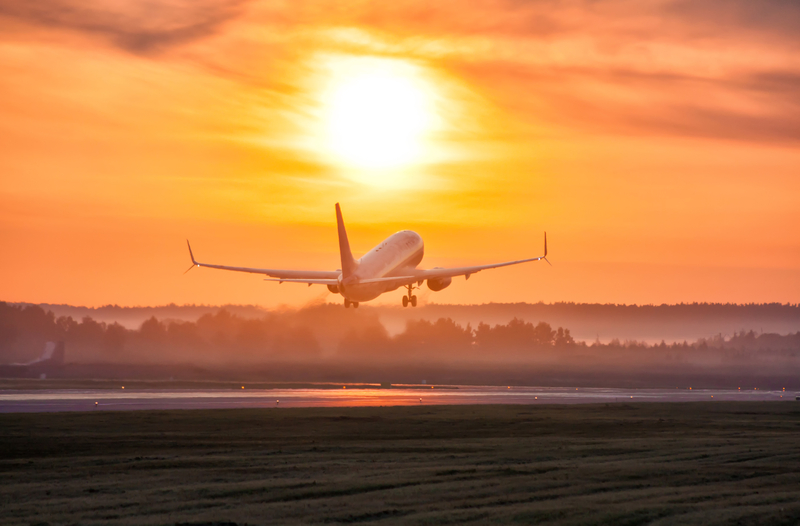The European aviation industry continues to move towards the record year 2019 – albeit with large national variations and an uncertain future after the peak Summer months.
Air traffic in Europe is extremely resilient despite the uncertain economic environment in the first half of 2023. New released data from the airports’ industry organisation, ACI EUROPE’s, which covers June and the second quarter and first quarter of 2023, states the industry steady improvement since the corona pandemic.
ACI Europe’s director general, Olivier Jankovec, confirms that passenger traffic has increased over the past six months and is approaching a full recovery.
“However, 2023 is not 2019,” he says in the press release and continues;
“There are significant variations in performance across national markets, and volumes still remain below their pre-pandemic levels for more than half (52%) of Europe’s airports.”
Nevertheless, passenger traffic across European airports increased by +28.3% in the first half of 2023 compared to the same period last year.
Yet, the growth rate slowed from +49 % in the first quarter to +16.3 % in the second quarter, and passenger volumes continued to fall by 7.7 % in the first half of the year compared to the same period in 2019.
Data also show that international air traffic (+32.2%) grew twice as fast as domestic traffic (+16.6%).
Low-cost airlines are growing in popularity after the pandemic
According to Jankovec, demand for air travel has so far been extremely robust given inflation and record high airfares since the beginning of the year.
Travelers are increasingly choosing to travel with low-cost airlines rather than traditional airlines that offer more comfort.
ACI Europe also notes that consumers are increasingly choosing alternative solutions for air transport when traveling within the same country. This may explain why domestic air traffic has not increased at the same rate as international traffic. People choose the train or car when traveling shorter distances.
The aviation industry remains uncertain
Although European airports are still experiencing strong demand despite inflation, Jankovec fears this will soon cease.
”Looking ahead and past the peak summer months, we do see significant downside risks and much uncertainty,” he explains.
The future macroeconomic situation in the Eurozone and the UK is unclear and could soon worsen. In addition, many citizens’ savings from during the pandemic will be used during the summer holidays.
Performance differences between national markets
According to ACI, Germany continues to lag behind other major European markets in post-pandemic recovery. The German airports still had 21.7 percent fewer passengers in June 2023 compared to the same month in 2019.
At the other end of the scale, the Italian aviation market performed excellently – best of the five largest European aviation markets. Air traffic from Italy in June 2023 was 1.9 percent higher than in 2019.
The Spanish (-2.8% compared to June 2019), UK (-6%) and French (-8.3%) airports have also recovered faster than the airports in Germany.
Heathrow (-4.3 percent) re-established itself as the busiest European airport in the first half of the year with 37 million passengers. This is just 4.3 percent lower than the number in 2019.
Istanbul (+10.4 percent) came in second with 35.6 million passengers, making it the only major airport to surpass its pre-pandemic passenger traffic.
Other airports that already have higher passenger traffic than before the pandemic this year include Lisbon (an increase of 8.7 percent compared to 2019), Athens (+7.3 percent) and Dublin (+1.5 percent).
Also read about fear of summer holiday chaos at European airports.


